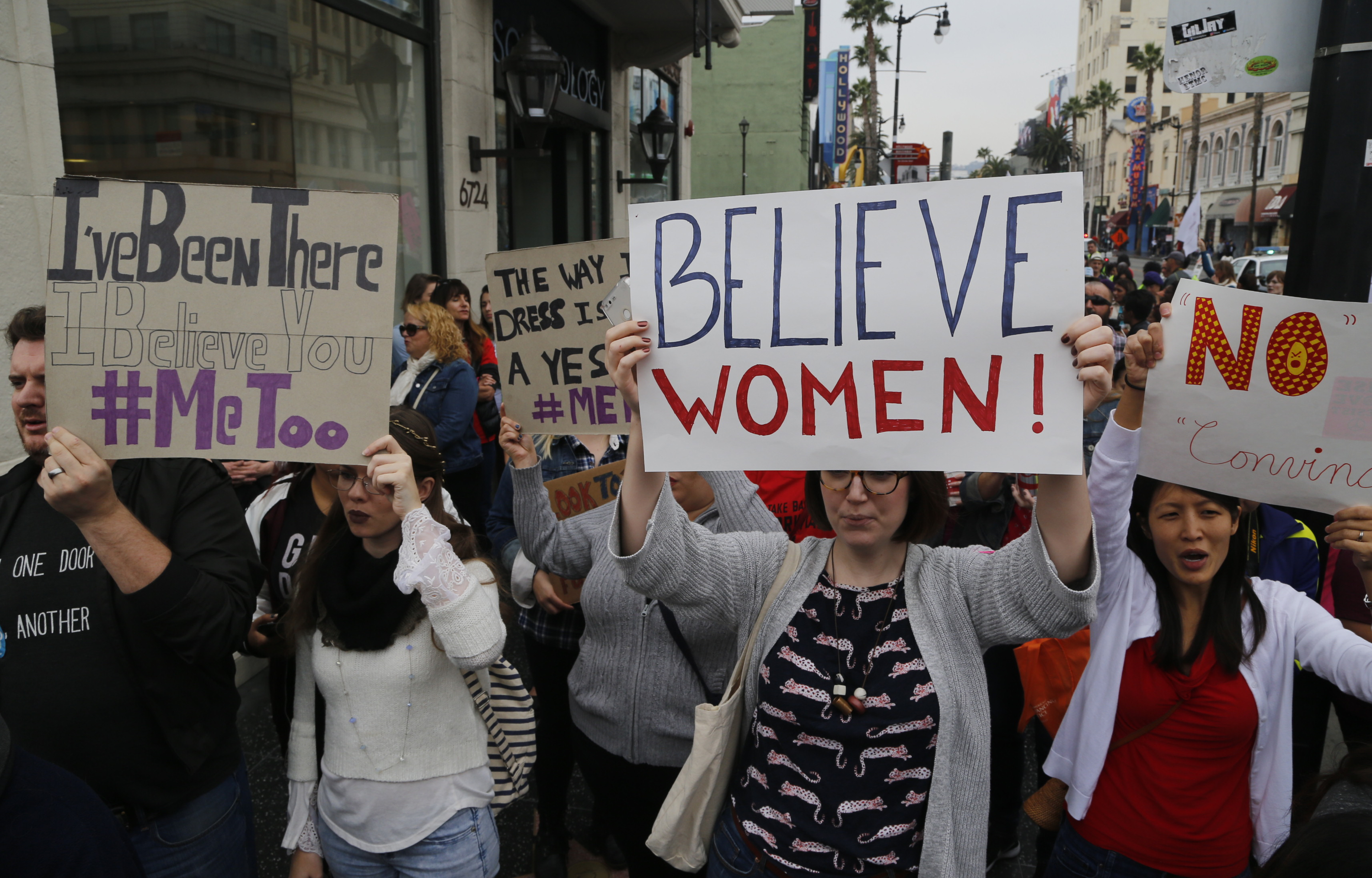The #MeToo movement has demonstrated huge success in raising awareness around sexual harassment and assault. This effort has faced backlash, such as Donald Trump’s recent tweets arguing that lives have been ruined by accusations — and that there is no recovery for the falsely accused.
Whereas such black-and-white denouncement can stifle constructive dialogue, other narratives can highlight gray areas that inspire important questions about gender and undesired sex.
One example is the public grievance of a woman who, using the pseudonym “Grace,” describes an undesired sexual encounter with actor Aziz Ansari. In an article published in the online magazine Babe, Grace chronicles a date that she has retrospectively come to view as a sexual violation. Grace accounts that she performed oral sex on Ansari after his repeated requests for intercourse, which she found to be unwelcome. Critics have accused Grace of detracting from the credibility of the #MeToo movement by portraying herself as a victim after regretting her consensual participation in undesired sexual activity.
Grace’s story inspires the question, “Why would a young woman willingly participate in sexual activity that she does not personally desire?”
Sexual consent and desire are not the same
To answer this question, it is important to understand that consensual sex and desired sex are not always synonymous. Both young women and young men can agree to engage in sexual activity that they do not personally desire. However, cultural scripts surrounding heterosexual relationships can make this a reality for women more frequently than for men.
Cultural portrayals of heterosexual sexuality often depict young men as having stronger sexual desire than young women. Men are expected to make sexual advances toward women — and women are expected to simply respond to these advances. Young women’s sexual desire and pleasure are viewed as secondary to young men’s desires. This can set young women up to accept unwanted advances and participate in undesired sex for the purpose of pleasing a male partner.
As psychologist Deborah Tolman has argued, cultural messages that portray young women as the objects of young men’s desire, rather than subjects who possess their own desire, can make women vulnerable to the wants of others.
The danger of not acknowledging desire
Young women who do not view their own sexual wants and desires as adequate reason to engage in sexual activity may be unlikely to interpret their lack of desire in a given scenario as reason to refuse sexual activity. They may shift their justification for sexual activity away from exploring their own desires and toward fulfilling those of a male partner.
As a sociologist who studies power and sexuality, I tested this hypothesis with data from a sample of over 7,000 heterosexual college women reporting on their most recent hookup.
I found that nearly one-third of the young women in the sample reported prioritizing their partner’s sexual pleasure over their own. These women believed it was more important to satisfy their partners than it was for their partners to satisfy them.
About half of the women in the sample reported that it was important for sex to be pleasurable to both their partner and themselves.
When comparing these two groups of women, I found the women who equally valued their partner’s pleasure with their own had 35 percent lower odds of performing undesired sexual acts to please their partner. They were less likely to report performing oral or manual stimulation because they were uninterested in sex but felt that they should sexually satisfy their partner.
Regarding sexual advances, I found that over 60 percent of the women in the sample reported their partner initiated most of the sexual activity during their most recent hookup. About 10 percent of the women reported that they were the one who initiated most of the sexual activity. My comparison of these two groups of women revealed that those who initiated most of the sexual activity on their most recent hookup had 34 percent lower odds of performing undesired sexual acts to please their partner — and 63 percent lower odds of succumbing to verbal pressure for intercourse.
Changing discussions about sexual consent and desire
Today, young adults are shaping their sexual relationships in a unique moment when conversations about sex, power and violence are shifting in important ways.
Colleges and universities across the United States are moving away from a “no means no” to a “yes means yes” approach to sexual assault prevention. The emphasis here is on consent as a green light rather than refusal as a red light for sexual activity. Such programs must be attentive to the complicated nature of sexual consent among young adults in a way that distinguishes consent from desire.
Acknowledging young women as sexual subjects with desires of their own may safeguard young women from consenting to undesired sexual activity for the purpose of pleasing a partner.
![]() After all, how can young women effectively say no to sex when they cannot earnestly say yes?
After all, how can young women effectively say no to sex when they cannot earnestly say yes?
Heather Hensman Kettrey, Research Associate, Peabody Research Institute, Vanderbilt University

